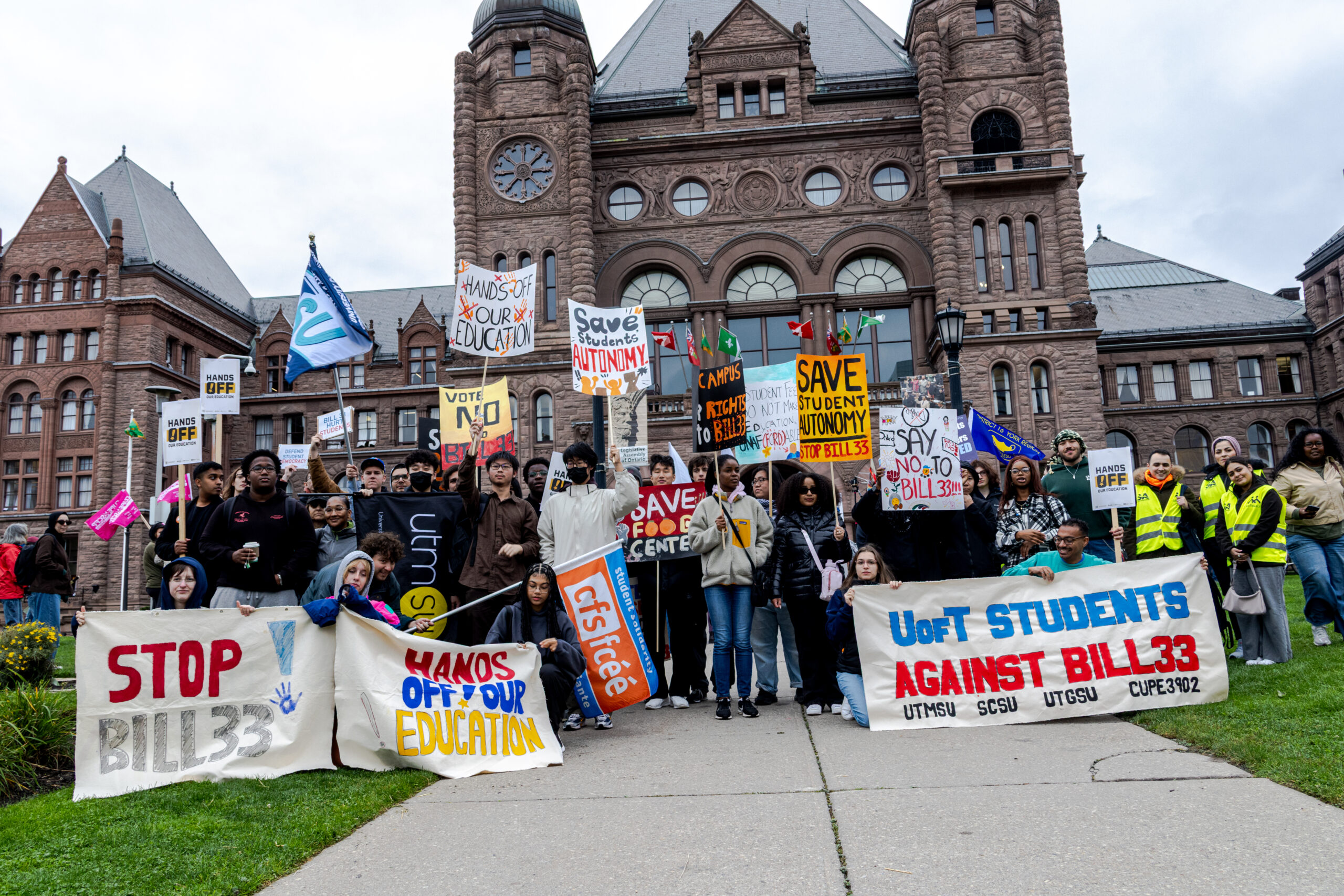Representatives of George Brown College (GBC) presented details regarding its proposed Transition to Campus Plan for the Fall 2021 semester at a Student Association of George Brown College (SAGBC) Board of Directors meeting on July 19. The proposed plan includes updates on scenario planning guidelines, support and service delivery, estimates on the number of students on campus daily, the continuation of rapid testing on campus, and a Winter 2022 overview.
The SAGBC funds the Dialog.
As of July 16, Chris McCarthy, GBC’s transition to campus manager, says that GBC is currently in stage three of four of its reopening phase. This means that lab occupancy is now at 100 percent, with students utilizing personal protective equipment (PPE), and classrooms not exceeding 50 students.
Lecture and theory classes will continue online with possible exceptions to be decided on September 15 on a one-off basis following the existing ‘access to campus’ transition process. Students registered in Fall 2021 who indicate they are visiting to seek On-Campus Only student support will also not need to be scheduled in the Building Access App.
“The world as we’ve all experienced is changing very rapidly,” says McCarthy. “We’re being very cautious with that focus on health and safety as we return to a new normal.”
He also stressed that this plan will continue to change as time progresses and things evolve.
McCarthy says that in an attempt to visualize the return to campus, support and service delivery has been broken into three segments after realizing the benefits of remote delivery for certain students through the pandemic. These segments include on-campus delivery, virtual delivery, and a choice – where students would be provided with the choice of on-campus or virtual delivery.
“Some of our changes have really worked out to our benefit and reached a larger audience,” says McCarthy. “We’re hearing from students that have access to services that may have found it more difficult on campus than in the world of virtual. That being said, we also recognize that some services really do require face to face in-person opportunities to meet with people.”
Moreover, in addition to Waterfront Campus, the rapid testing program has been expanded to three GBC campuses, including Casa Loma and St. James. Although highly encouraged, the testing is voluntary and available to any person up to three times a week free of charge.
“We really want everyone to have the opportunity to voluntarily participate in the rapid testing. It’s an additional safety measure to make people feel really confident and safe on campus,” says McCarthy. “I like to encourage it because the more people who are participating in this on campus, it really builds a sense of confidence, and safety, and security in just knowing that one doesn’t have the virus.”
At this point, every person entering campus will still be required to check in with security and complete a daily COVID-19 self-assessment, wear masks, and additional PPE. Members of the general public who are not scheduled and approved in the Building Access App will not be permitted entry to campus buildings, although this is subject to evolve prior to Fall Start-Up. At this time, vaccinations will not be required to be permitted on campus.


